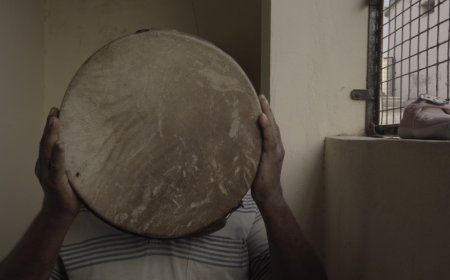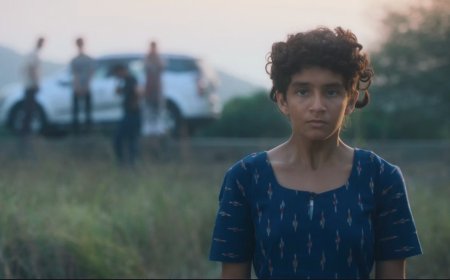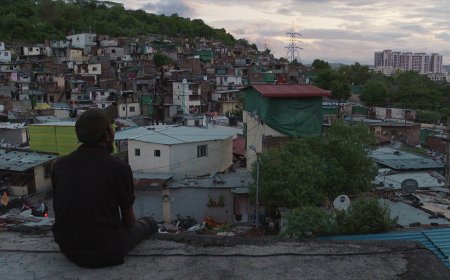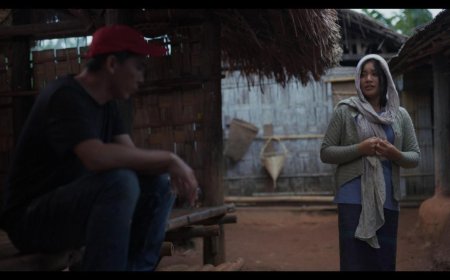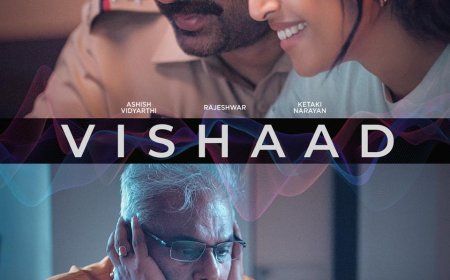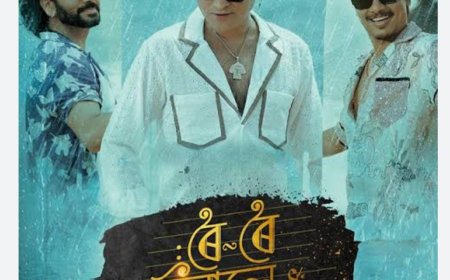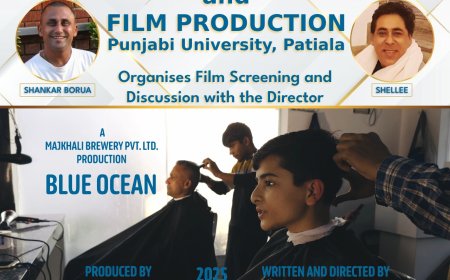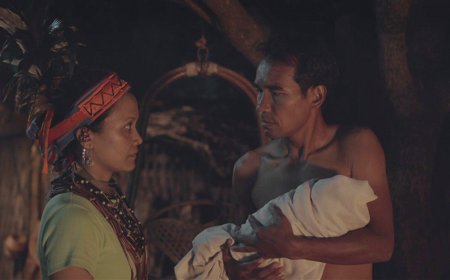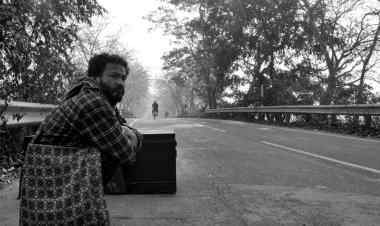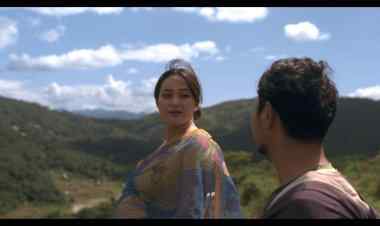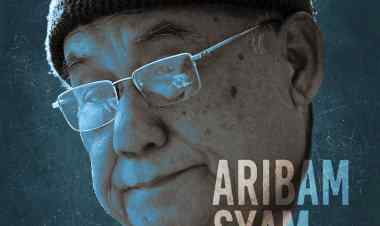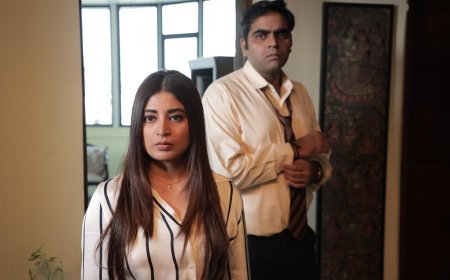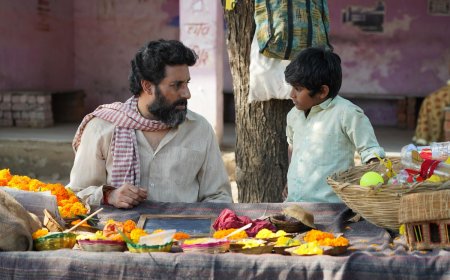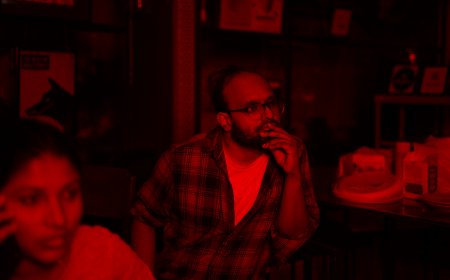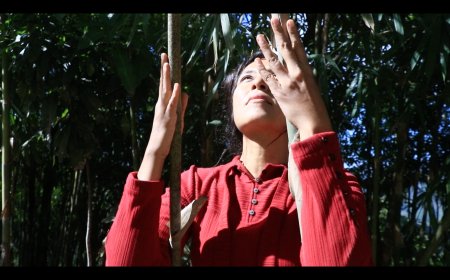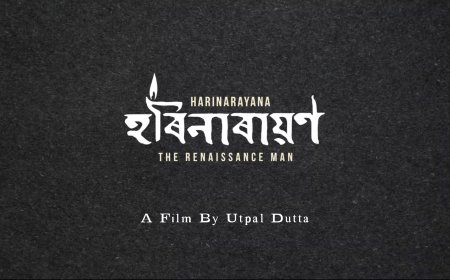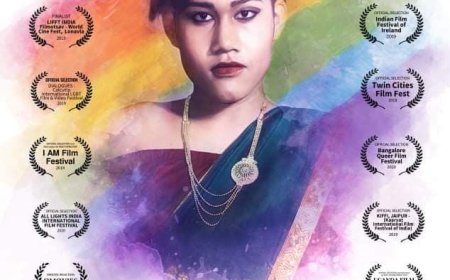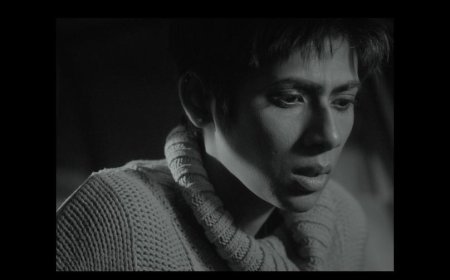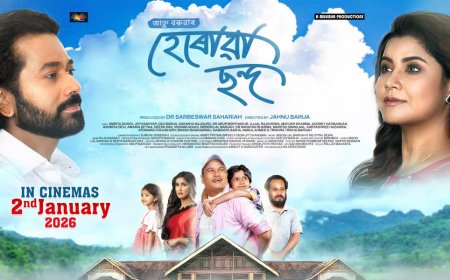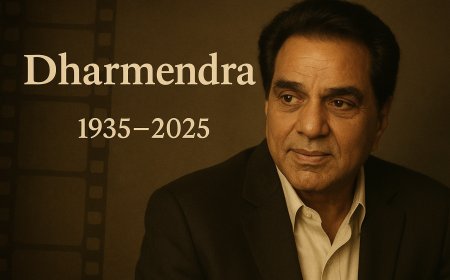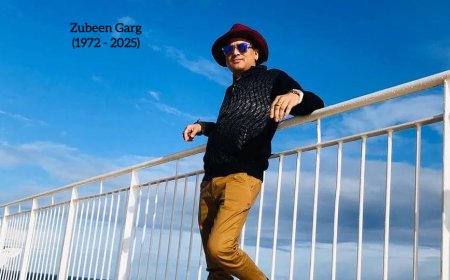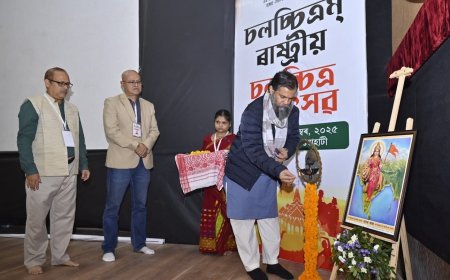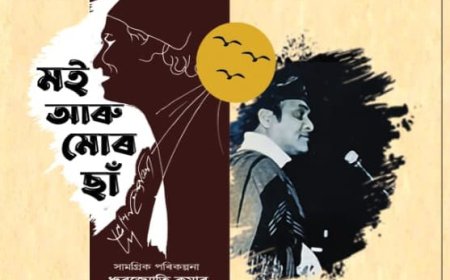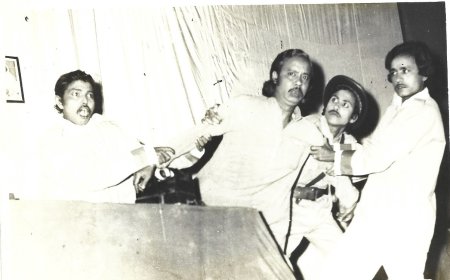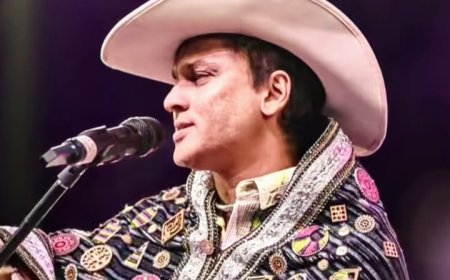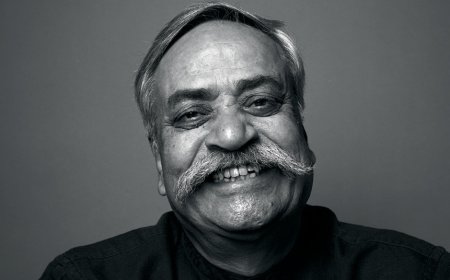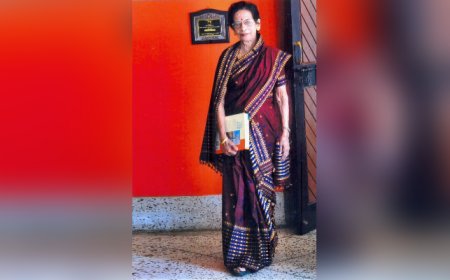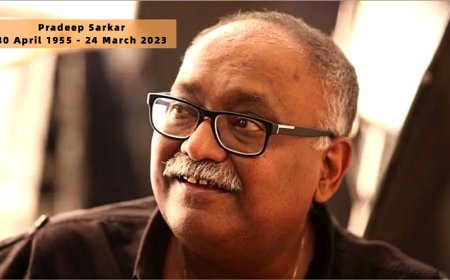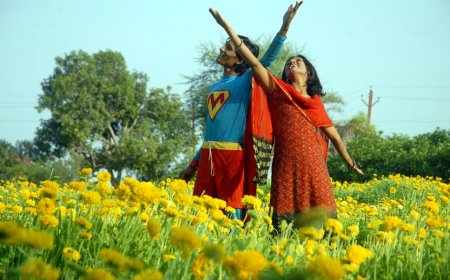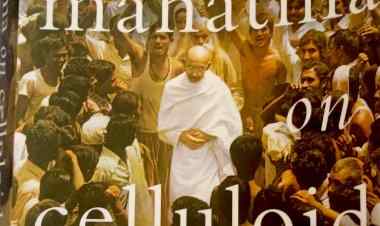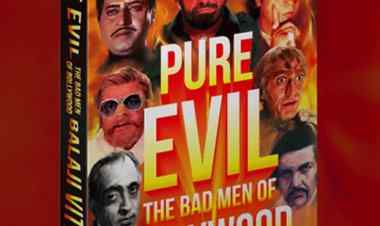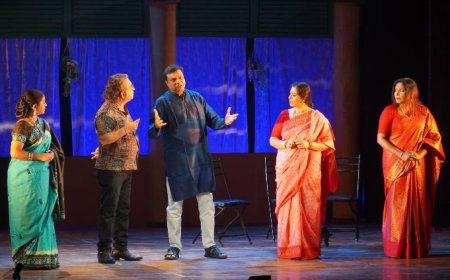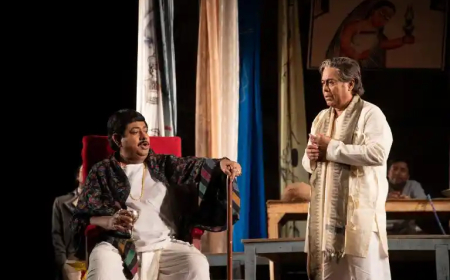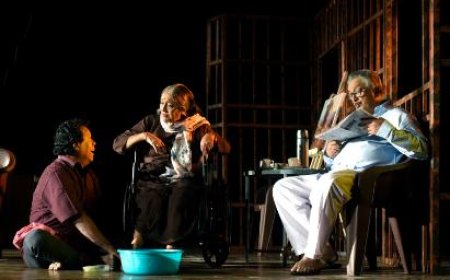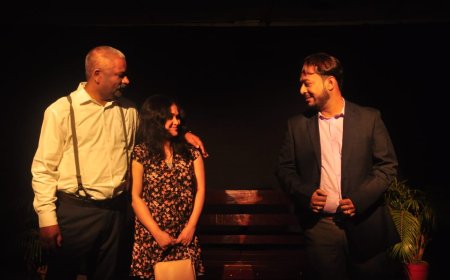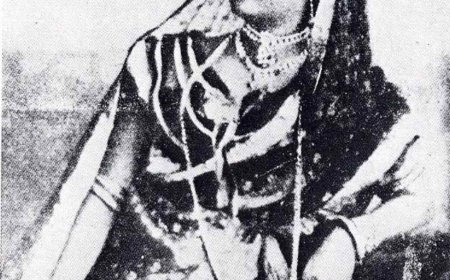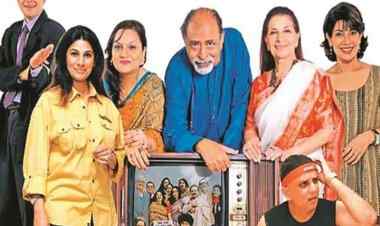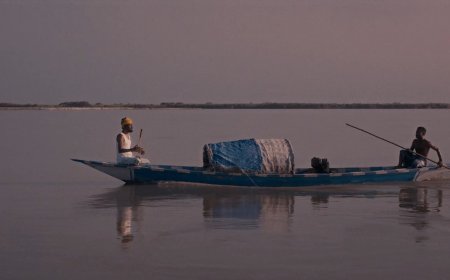A MIRACLE CALLED SHOLAY : A GOLDEN JUBILEE TRIBUTE
Veteran film scholar Shoma A. Chatterji pays tribute to "Sholay" with her piece, "A Miracle Called Sholay: A Golden Jubilee Tribute."

Sholay is a brazenly open mainstream Bollywood film that makes no pretensions of being an artsy film. So, those nourished on a rich diet of Godard, or, Bergman, or, Antonioni, or Ozu may have reacted to the announcement of the film with the arrogant disdain they shared for every Bombay film – “Bollywood” did not exist in the lexicon of Indian cinema - when Sholay was released.
But when the celluloid wonder called Sholay slowly unfolded, layer by slow layer, like the several peels of an onion, it was left to everyone from the intellectual to the illiterate, from the poor villager to the city-smart corporate guy to tilt a hat to this miracle of a film that lives on in the minds and hearts of all Indians 50 years after it was first released. It was a “sleeper hit” meaning that the audience did not respond to it in the early weeks but it picked up fast and picked up so hard that I am here, writing an ode to this film fifty years later when I am 82.
Ramesh Sippy, script writers Salim-Javed and the sound designer decided to invest each character with a signature tune exclusively his/her own. The most outstanding among them is the eerie music that signatures the presence – physically or close by – of Gabbar Singh who is one of the most important characters in the story. It was played on a cello by Basudev Chakraborty of R.D’s 70-member orchestra. The music puts a kind of eerie spell on the viewer The title tune was played on the guitar by Kersi Lord and Bhupinder Singh which changes over to the French horn when the camera moves through the jungles.The yeh dosti number is composed against the music of a whistling tune, creating the effect of youth, joy, camaraderie and freedom.
If you look closely, every single department of cinema – casting, characterization, screenplay, dialogue, cinematography, music, songs, sound design, art direction, editing, location, speech patterns and language, and even costumes were worked out in masterful detail. The film is so mesmerizing, made especially attractive because of Gabbar Singh, the most outstanding and memorable villain in the history of Indian cinema, that not many paid attention to the costume design. The idea for Sholay was rooted in Salim Khan's fascination with Westerns, especially The Magnificent Seven, The Five Man Army, Once Upon a Time in the West and (though it is not a Western, but set during World War II) The Dirty Dozen. These films formed the backbone and the inspiration for the Hindi film. Yet, its entire “Indianisation” has been done so well and the actors have internalized the emotional graph with so much perfection that even those who have seen the original films, remain shaken.
Sippy, Salim and Javed took special pains to draw out different speech patterns to suit the different characters.Each character's personality is defined by his/her distinct manner of dialogue delivery, tone, voice, pitch and an unique tagline. The sound of speech and dialogue in Indian cinema, is a highly subjective exercise. Sholay made it universal for the audience and exclusive to the film. For example, Salim-Javed sat down with Jagdeep to teach him to speak in Bhopali Hindi which Jagdeep picked up skilfully enough to turn Soorma Bhopali into an archival character for all time.
Film lore intimates that the 1975 blockbuster Sholay, released six weeks before the Emergency began, was initially allowed its violent sequences because of the close friendship between the Information and Broadcasting Minister Vidya Charan Shukla and its producer G.P. Sippy (Bose 2013). Nonetheless, director Ramesh Sippy (son of G.P. Sippy) was required to make cuts to numerous violent scenes, including the climactic finale.[i] All the same, the finale had to be shot entirely in a hurry because the Censors insisted that the overly violent original climax showing Thakur killing Gabbar Singh would be too violent an ending. Ramesh Sippy was very angry but he had no option.
Amitabh Bachchan's character would be completely amiss without his trademark 'coin'. At the time, the crew was apprehensive of bringing Bachchan to play Jai because he was a relative newcomer in the industry. But Salim-Javed were insistent to have him do the role of Jai. In addition to the coin he flipped every now and then, another object associated with Bachchan as Jai in Sholay is the harmonica which Jai plays on whenever the widowed, silent, unsmiling and reserved Radha appears in his vicinity.
If you look closely, every single department of cinema – casting, characterization, screenplay, dialogue, cinematography, music, songs, sound design, art direction, editing, location, speech patterns and language, and even costumes were worked out in masterful detail. The film is so mesmerizing, made especially attractive because of Gabbar Singh, the most outstanding and memorable villain in the history of Indian cinema, that not many paid attention to the costume design.
Bachchan as Jai in Sholay is also immortalized for his rugged masculinity fashioned in denims and flares. Alongside the happy-go-lucky Veeru, the character Jai was not as expectedly typical of his cynical “angry young man” persona, who sought justice outside of legitimate channels. For Jyotika Virdi, Bachchan’s roles as the angry young man represents Indian working class disenchantment in an era of rural to urban migration, the protracted all-India railway strike, the emergence of the Naxalite movement, food shortages, and inflation in commodity prices driven by the 1973 oil shocks.[ii]
***
Foot Notes
What's Your Reaction?







